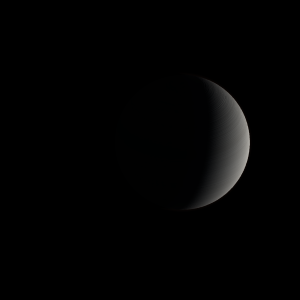|
|
Space Astro
|
Info for exoplanet "Yuwa Shu"
| Scientific (actual) data |
|---|
| Name | TOI-4127 b |
| Planet status | Confirmed |
| Planet mass | 2.3 |
| Radius | 1.096 |
| Orbital period | 56.3988 |
| Semi major axis | 0.3081 |
| Orbit eccentricity | 0.747 |
| Inclination | 89.3 |
| Discovered | 2023 |
| Updated | 2023-03-28 |
| Omega | 129.6 |
| Tzero tr | 2458860 |
| Impact parameter | 0.17 |
| K | 160.1 |
| Temperature (kelvin) | 605 |
| Publication | Published in a refereed paper |
| Detection type | Primary Transit |
| Mass measurement type | Radial Velocity |
| Radius measurement type | Primary Transit |
| Star name | TOI-4127 |
| Right ascension | 105.41° |
| Declination | 72.42° |
| Wikipedia article | TOI-4127 b |
Back
| |
| Fictional info (?) |
|---|
| Suggested name | Yuwa Shu |
| Planet type | Large cold gas giant |
| The planet telescopically displays the complete range of phases, similar to Venus and the Moon, as it moves in its inner orbit relative to TOI-4127, which reoccurs over the so-called synodic period approximately every 180 days.
As seen from TOI-4127, in a frame of reference that rotates with the orbital motion, it appears to rotate only once every two years.
. |
| Atmosphere | Carbonyl sulfide | 42% |
| Ammonia | 29% |
| Hydrogen | 28% |
| Methane | 0.3% |
| Neon | 0.058% |
| 2H2O | 0% |
| Atmospheric pressure | 0.06 bar |
 |
| No known satellites |
| Google search for Yuwa shu |
|
Website by Joachim Michaelis
|
|
|
|